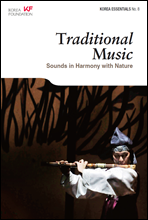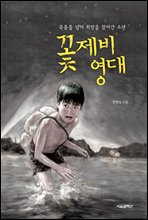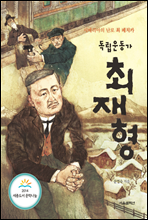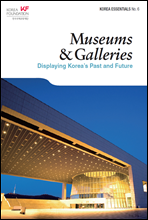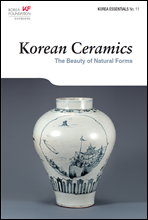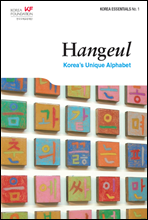
Hangeul
- 저자
- Robert Koehle 저
- 출판사
- 서울셀렉션
- 출판일
- 2015-05-15
- 등록일
- 2016-01-21
- 파일포맷
- EPUB
- 파일크기
- 13MB
- 공급사
- YES24
- 지원기기
- PC PHONE TABLET 웹뷰어 프로그램 수동설치 뷰어프로그램 설치 안내
책소개
Hangeul, the indigenous writing system of Korea, was promulgated in 1446. It is an ingenious system that utilizes modern and scientific linguistic theories and principles of Korean traditional culture to perfectly express the sounds of the Korean language. Crafted by some of the leading scholars of the age, including the brilliant King Sejong the Great, the alphabet has been widely lauded by scholars the world over for its advanced phonetic system and ease of use. Noted linguist Geoffrey Sampson, in his work Writing Systems: A Linguistic Introduction, even went as far as to say, "Whether or not it is ultimately the best of all conceivable scripts for Korean, Hangeul must unquestionably rank as one of the great intellectual achievements of humankind."
This work examines the unique characteristics of the Hangeul writing system and its impact on Korean society. The first chapter looks at why Hangeul is regarded by so many scholars as the world's preeminent writing system. The second chapter looks at the structure of the alphabet, examining the linguistic and philosophical concepts that underlie the system. The third chapter explains the historical process by which Hangeul was invented, while the fourth chapter provides an in-depth look at King Sejong the Great, the monarch widely credited with the creation of the writing system. The fifth chapter canvasses the subsequent development of the alphabet over the ensuing centuries and its impact on Korean culture and society, while the sixth chapter looks at how Hangeul has helped promote the use of information technology in Korea. The final chapter looks at how Hangeul inspires Korean culture and arts, including genres such as fashion and dance.
About the Series
This series, copublished by the Seoul Selection and the Korea Foundation, seeks to provide foreign readers with a fundamental knowledge of various aspects of Korean traditional culture. Much of the material is taken from KOREANA, the Korea Foundation's quarterly magazine on Korean arts and culture. The series is compiled and edited by Seoul Selection's editorial staff.

